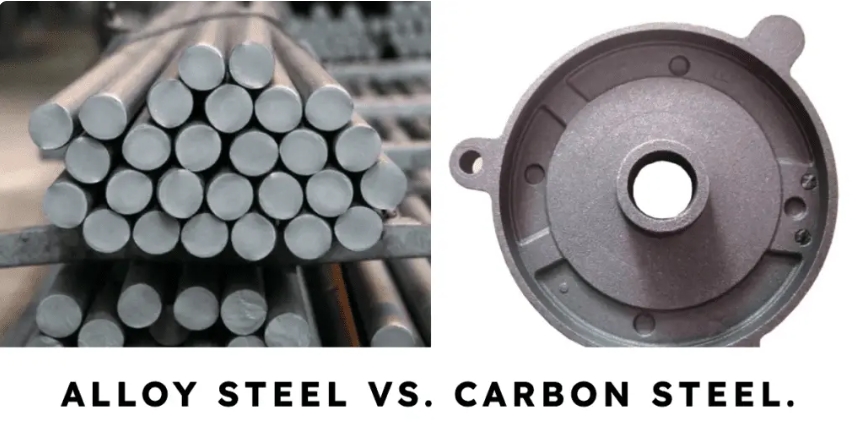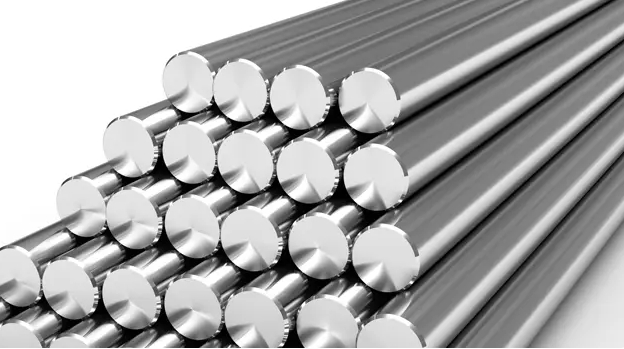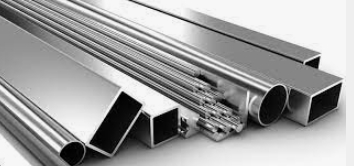What is the difference between alloy steel and carbon steel?

Alloy steel and carbon steel are two different types of iron and steel materials, and their main difference lies in the content of alloying elements.
Alloy Composition:
Alloy Steel: Contains alloying elements other than carbon, such as chromium, nickel, molybdenum, etc. The addition of these alloying elements can alter the steel's properties, such as increased hardness, corrosion resistance, etc.
Carbon Steel: Primarily composed of iron and carbon, where carbon is the main alloying element. The carbon content in carbon steel typically ranges between 0.2% and 2.1%.
Hardness and Strength:
Alloy Steel: Due to the addition of other alloying elements, alloy steel generally exhibits higher hardness and strength. This makes it more suitable for specific applications, such as manufacturing tools, mechanical parts, etc.
Carbon Steel: Carbon steel has lower hardness and strength, but it still performs well in many general applications.
Corrosion Resistance:
Alloy Steel: With corrosion-resistant alloying elements, alloy steel typically has good corrosion resistance.
Carbon Steel: Carbon steel is more susceptible to corrosion without additional corrosion protection measures.
Applications:
Alloy Steel: Due to its superior performance, alloy steel is often used in applications requiring high strength and wear resistance, such as tool manufacturing, automotive parts, aerospace components, etc.
Carbon Steel: Carbon steel finds widespread use in construction, bridges, ships, pipelines, and general machinery manufacturing.
Cost:
Alloy Steel: The manufacturing cost of alloy steel is higher due to the presence of expensive alloying elements.
Carbon Steel: Carbon steel has a relatively lower manufacturing cost, as its main components are the more common iron and carbon.


In summary, the choice between alloy steel and carbon steel depends on specific application requirements and performance criteria.